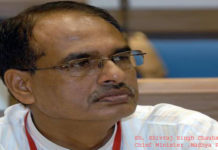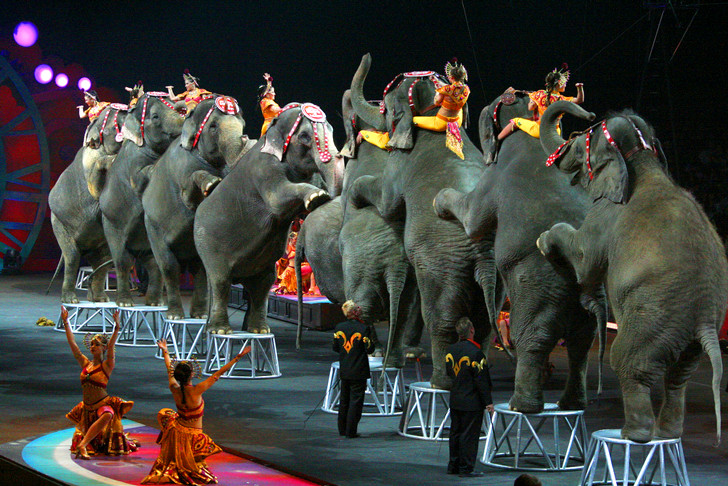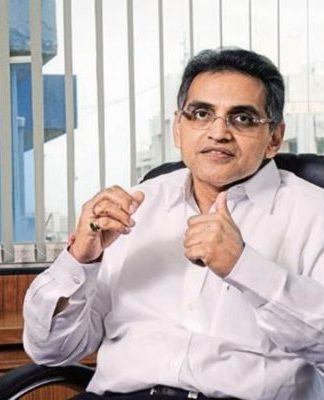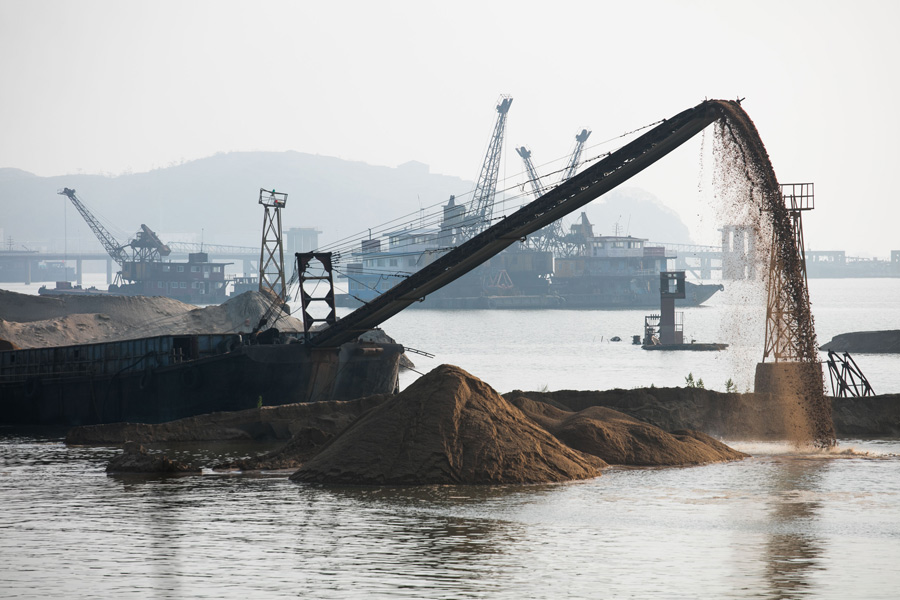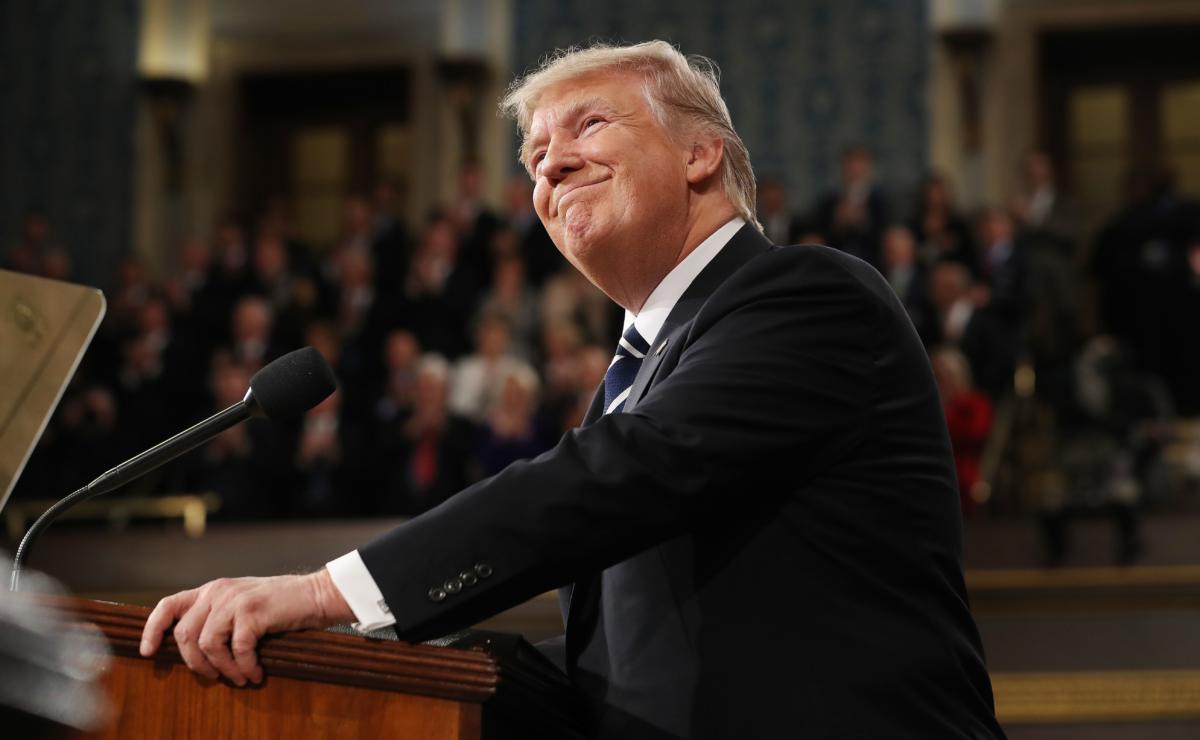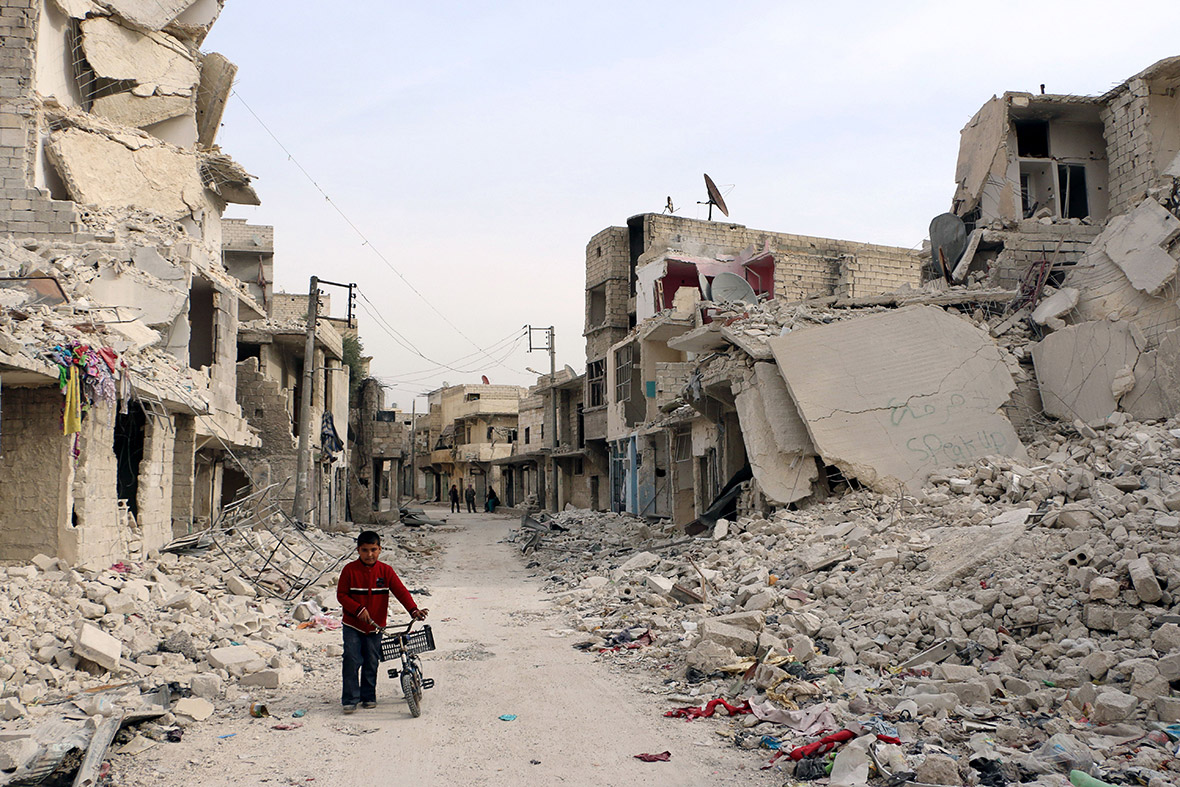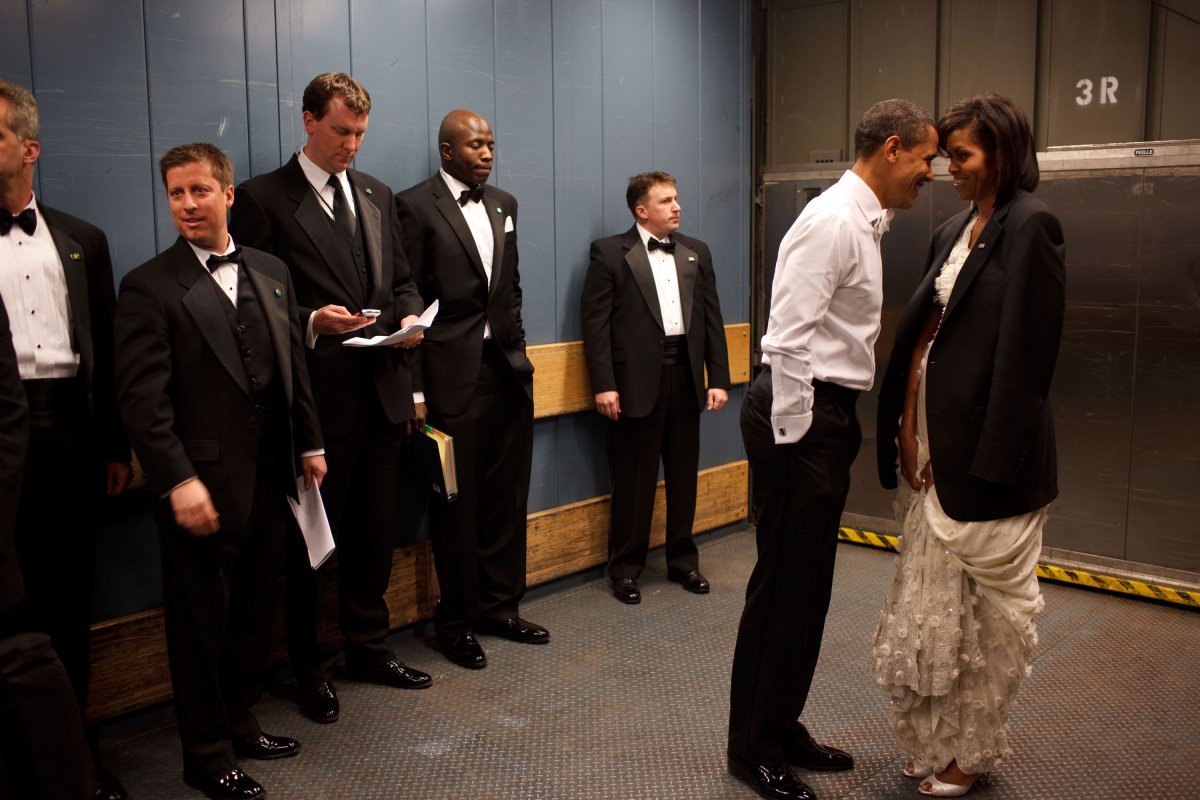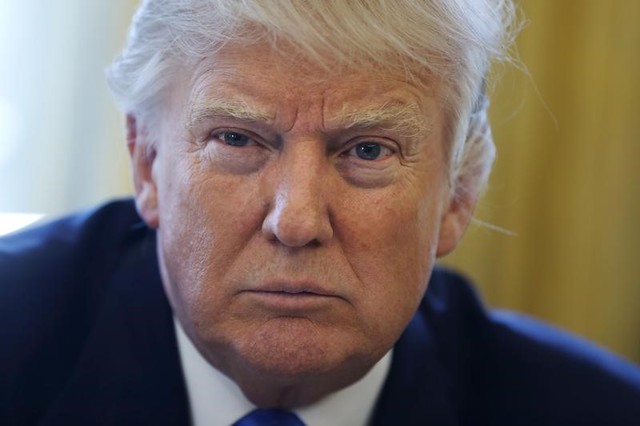India built 2,400 km of highways in April-July this fiscal or 20 km a day, up 38% over the corresponding period a year ago, thanks to a renewed focus on conventional government-funded engineering, procurement and construction (EPC) projects and a recent pick-up in the newly designed hybrid annuity model that greatly mitigates the risk to private developers.
Though the construction is still far slower than needed to meet the target of 15,000 km (41 km a day) for all of 2015-16, government sources still sounded optimistic of meeting the target. “There are 1,145 highway projects with a total length of 34,900 km on which the work has started. These are at various stages of implementation,” an official said. It usually takes two and half years to complete a highway project.
The government has taken several steps to address the investment famine in the sector: It eased the exit policy for developers to enable them invest in new projects, introduced the hybrid model where the government bears 40% of the project cost.
The fact that the electrical equipment segment alone made up for slightly more than 43% of total investment intentions submitted by companies up to June signals growing interest in capital goods. However, it’s still early to suggest a sustained revival in fixed corporate investment in the coming months, with companies still struggling with huge idle capacities. Actual investments, of course, could vary, and going by the historical trend, would be lower than the proposals.
These investment proposals comprise mostly industrial entrepreneurs memorandum (IEM). IEMs are submitted by promoters for investment in activities including setting up new industrial undertakings, undertaking expansion of units or manufacturing new articles. In the first half of 2016, investment proposals in electrical equipment was followed by textiles and food processing industry — 6.22% and 5.76%, respectively, of envisaged investments, showed the latest data.
The investment proposals data seem to be in sync with the tepid investment story the GDP data for 2015-16 highlighted. Gross fixed capital formation grew only 3.9% in 2015-16, down from 4.9% a year before, showed the GDP data. Even growth in government final consumption expenditure dropped to just 2.2% in 2015-16 from as high as 12.% a year before.
In 2015, overall industrial investment proposals hit Rs 3,11,031 crore — the lowest since 2004 — as a plunge in the prices of commodities, especially fertilisers and metals, and subdued sales at companies had hit investment in these sectors. However, actual industrial investments dropped marginally in 2015 to Rs 77,972 crore, compared with Rs 78,747 crore in 2014 and Rs 78,497 crore in 2013, according to the DIPP data.
Investment proposals in just the fertilisers, chemicals and metallurgical segments saw an erosion of R1,22,353 crore in 2015 from a year before, much higher than the fall of R93,996 crore in the proposal value of the entire industrial sector from Rs 4,05,027 crore in 2014.
Reflecting the weak sentiments, the capital goods segment in the index of industrial production, a gauge for fixed corporate investments, contracted 18.9% during the April-May period, against a 4.3% expansion a year before.
Sourced from The Financial Express, Featured image courtesy: in.reuters.com




